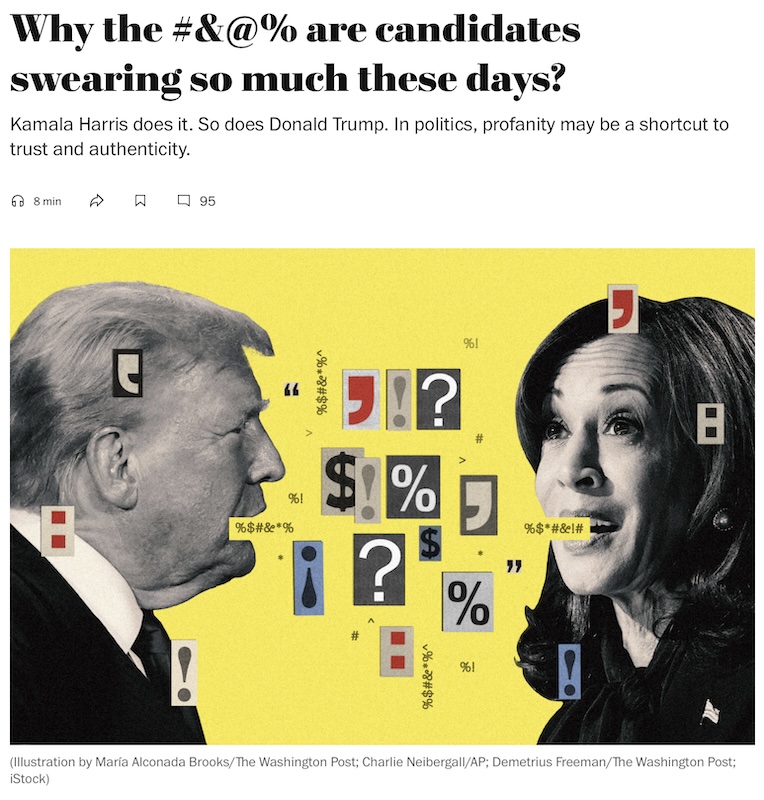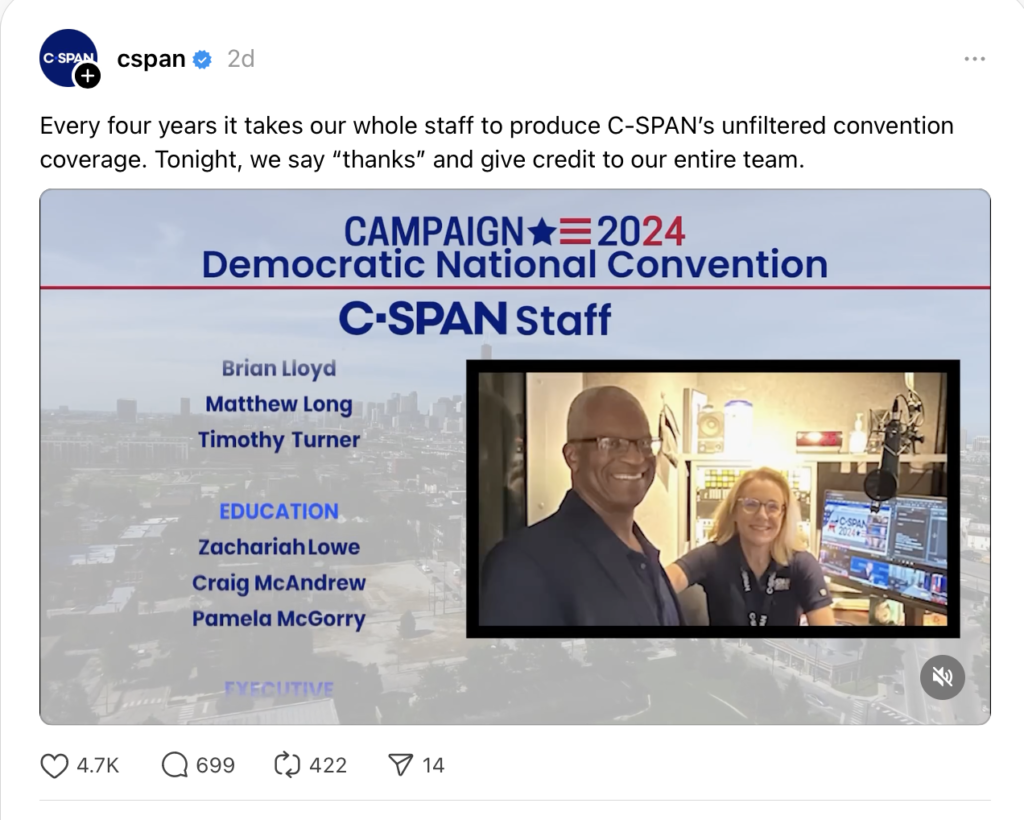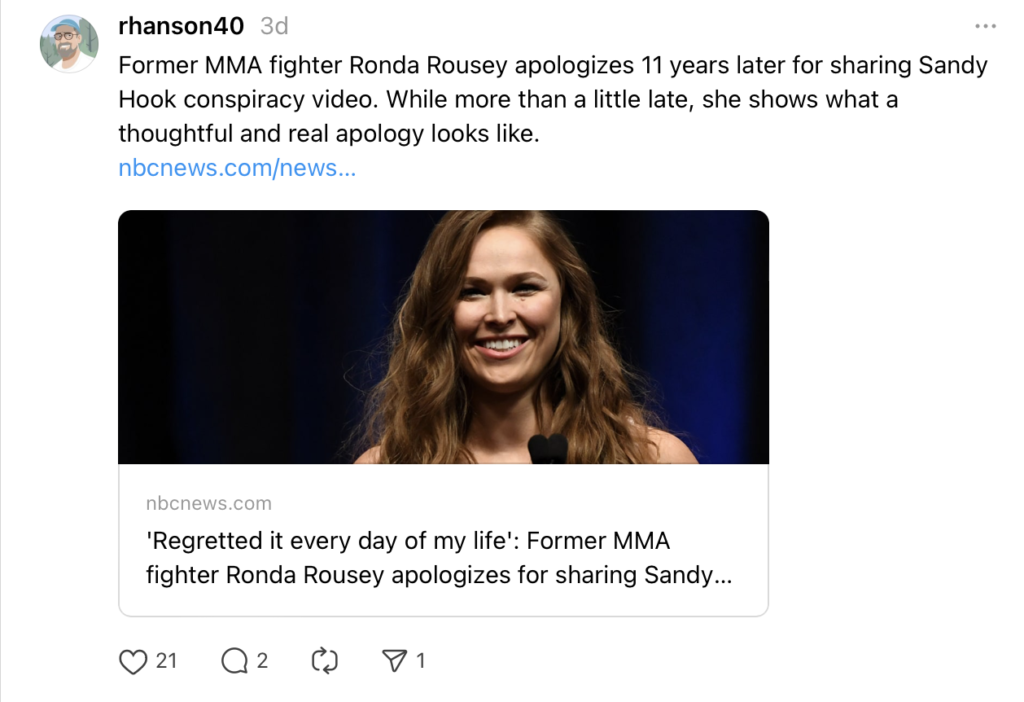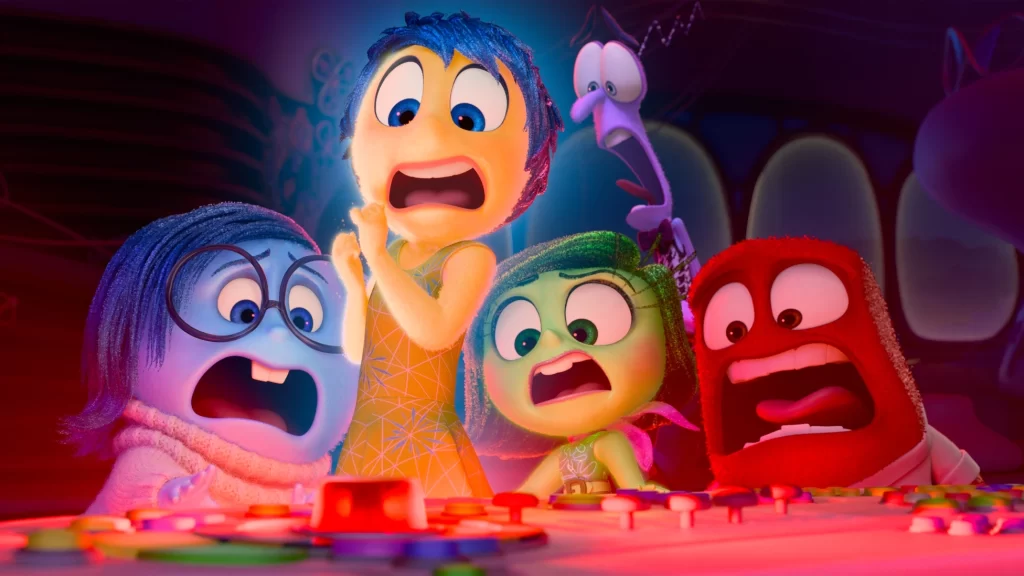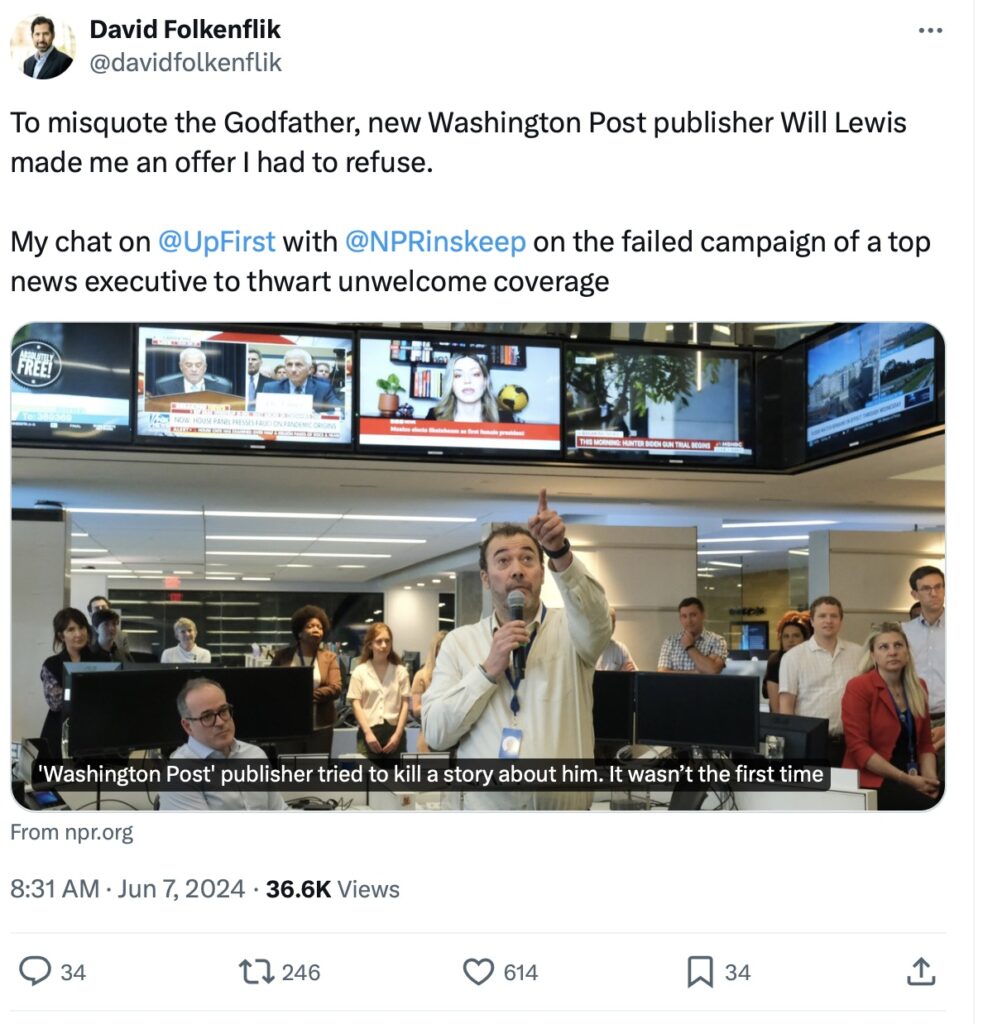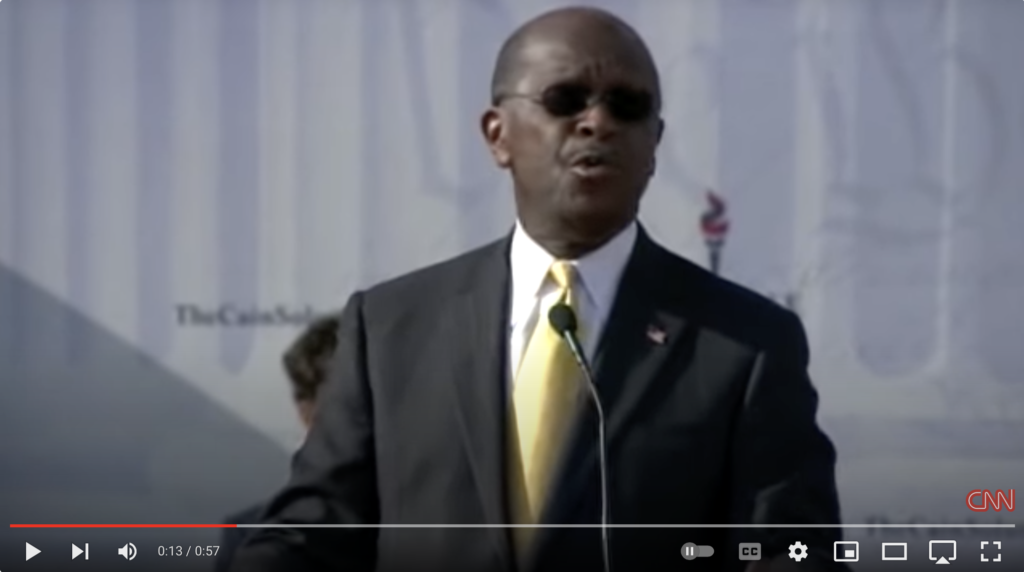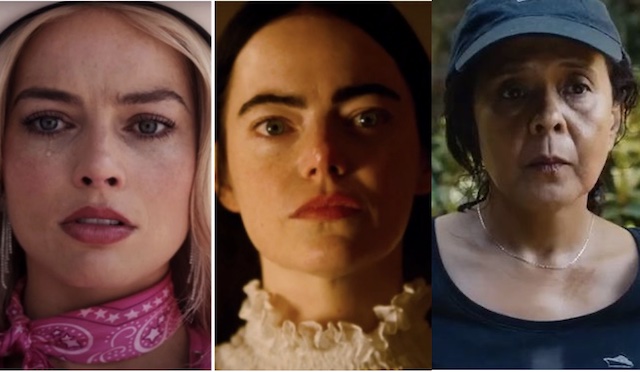9/11/24 Editor’s note: Yesterday morning I showed the “Welcome to the Rock” clip from the 9/11 themed musical Come From Away as my pre-class video in JMC 100 – Global Media Literacy. I then tried to tell my class the following story about my experiences on Sept. 11, 2001, but I got about one sentence in before I choked up too much to go on. Even 23 years later, the feelings from that awful day are still really raw.
The following stories and videos are drawn from a series of annual posts I have made over the years to commemorate 9/11.
What are your 9/11 memories? Feel free to add them to the comments below.
It was 23 years ago this morning that I was teaching my freshman media literacy course at West Virginia University. I had a class with close to 350 students in it. C-SPAN’s Washington Journal morning show was playing on the big screen as students gathered. At 8:30 a.m. I shut off C-SPAN and started teaching. When I got back to my office an hour-and-a-half later, news that our world was changing was in the process of breaking.
No one knew what was happening. An airliner had hit one of the World Trade Center towers, and the skyscraper was burning. Then a second plane hit, and everyone then knew that this couldn’t have been an accident.
9/11 has always been highly personal to me.
One of my (and my Dear Wife’s) student’s father was supposed to be working in the section of the Pentagon that was hit by one of the planes. But since that area was under renovation, his dad ended up safe.
Another one of my students had a mother who was a flight attendant who flew out of the same airport the Twin Tower planes had departed from. She was desperate for news. Fortunately, her mother was not on one of the attack planes.
One of my friends was the public radio correspondent for the area, and he ended up providing much of NPR’s coverage of the United 93 crash in Shanksville, PA.
And one of my colleagues, who taught advertising, lost an old friend in the Twin Towers collapse.
As someone who lived in West Virginia at the time, less than 100 miles from the United 93 crash site, the Sept. 11th attacks will always be personal. This was not a remote event; it was a local story directly affecting people I knew. And I will never forget the worries for my students, my neighbors, and my colleagues.
One of the last plays I saw before live theater shut down for the pandemic in March of 2020 was the brilliant and heartbreaking musical Come From Away that tells the story of the town of Gander, Newfoundland, where many of the planes crossing the Atlantic were diverted when United States airspace was shut down on 9/11. I still have to be careful when I listen to the soundtrack from the show. I don’t think I’ve ever made it through the show without crying. Here are two of my favorite songs from the show in a radio concert performance.
“Welcome to the Rock,” that tells how everything changed for Gander in just a moment.
“Me and the Sky” is for me the heart of the show where pilot Beverly tells her story of becoming American Airlines first female captain and her horror of airliners being used as weapons.
Update: Beverly Bass, the Real-Life Pilot Portrayed in Come From Away, recalls 9/11 (from 2017)
A performance by many of the original members of the Broadway cast is now airing on Apple TV+. Watching Come From Away is one of the best ways to honor the memory of 9/11.
My next memory is a look at cameos the Twin Towers made in numerous Hollywood films. Those two giant buildings defined the New York skyline from the 1970s until 9/11:
Finally, Paul Simon singing his achingly beautiful American Tune is a good way to remember our beautiful country.
This last memory has nothing to do with the media. It’s a brief story about a ride I took on my motorcycle to the United 93 Memorial on a rainy June day back in 2004. It was written shortly after I had recovered from a fairly serious illness, and I was happy just to be back on the road. I’ve taken to posting every year on 9/11.
 Took a short ride last Saturday. The distance wasn’t much, under 200 miles, but I went through two centuries of time, ideas, and food. Which felt really good after having been ill for the last month-and-a-half.
Took a short ride last Saturday. The distance wasn’t much, under 200 miles, but I went through two centuries of time, ideas, and food. Which felt really good after having been ill for the last month-and-a-half.
Headed out of Morgantown about 7:30 a.m. on I68. Stopped at Penn Alps for breakfast. Nice thing about being on insulin is that I can include a few more carbs in my diet these days. Pancakes, yum! (Penn Alps, if you don’t know, runs a great Pennsylvania Dutch breakfast buffet on weekends that is well worth riding to. Just outside of Grantsville, MD.)
Then off on the real purpose of the trip. Up US 219 toward the Flight 93 Sept. 11 memorial. The ride up north on 219 is beautiful; I’ve ridden it before. I always like when you come around the bend and see the turbines for the wind farm. Some people see them as an eye sore; for me they’re a potential energy solution and a dramatic sight. Chalk one up for industrial can be beautiful.
Continue on up to Berlin, PA, where I take off on PA 160 into Pennsylvania Dutch country. I start seeing hex signs painted on bright red barns, or even hung as a wooden sign. Not quite cool enough to put on my electric vest, but certainly not warm. Then it’s heading back west on a county/state road of indeterminate designation.
Now I’m into even more “old country” country. There’s a horse-and-buggy caution sign. Off to the left there’s a big farmstead with long dark-colored dresses hanging from the line, drying in the air. They may not stay dry, based on what the clouds look like.
The irony of this ride hits pretty hard. I’m on my way to a memorial of the violence and hatred of the first shot of the 21st century world war, and I’m traveling through country that is taking me further and further back into the pacifist world of the 19th century Amish and Mennonites.
A turn or two more, following the map from the National Parks web site, and I’m on a badly scared, narrow road that is no wider and not in as good of shape as the local rail trail. (Reminds me why I like my KLR!)
It’s only here that I see the first sign for the memorial. No one can accuse the locals of playing up the nearby memorial. Perhaps more flags and patriotic lawn ornaments than usual, but no strident statements. And then the memorial is off a half-mile ahead.
The crash site is to the south, surrounded by chain-link fencing. No one but families of the victims are allowed in that area. Off a small parking area is the temporary memorial, in place until the National Park Service can build the permanent site. There’s a 40-foot long chain-link wall where people have posted remembrences, plaques on the ground ranging from hand-painted signs on sandstone, to an elaborately etched sign on granite from a motorcycle group. The granite memorial is surrounded by motorcycle images.
The messages are mostly lonely or affirming. Statements of loss, statements of praise for the heroism of the passengers and crew. But not statements of hatred. It reminds me in many ways of the Storm King Mountain firefighter memorial. Not the formal one in Glenwood Springs, but the individual ones out on the mountain where more than a dozen wildland firefighters died several years ago.
It’s time to head home. When I go to join up with US 30, it’s starting to spit rain, so I pull out the rain gloves, button down the jacket, and prepare for heading home. It rains almost the whole way back on PA 281, but I stay mostly dry in my Darien. The only problem is the collar of my too-big jacket won’t close far enough, and water dribbles down inside. It reminds me that riding in the rain, if it isn’t coming down too hard, can be almost pleasant, isolated away inside a nylon and fiberglass cocoon.
I’m home before 1 p.m.. I’ve ridden less than 200 miles. But I’ve ridden through a couple of centuries of people’s thoughts, actions, and food. And I’m finally back on the bike.

